Gotha Go 242A, WWII German Landing Glider 1/48
34,41€
Hay existencias

*Please check our Privacy Policies to see how to we use your personal data.
*Por favor revisa nuestra Política de Privacidad para ver como tratamos tus datos personales
Gotha Go 242A
WWII German Landing Glider
The Go 242A1 amphibious transport glider was designed to deliver military units to the rear
of the enemy. It could carry 21 fully equipped soldiers, and as a transport – military cargo,
for example, an army car or a field gun. The cargo compartment of the fuselage was made
of steel pipes, the wings were made of wood, the skin of the glider was made of fabric with water-resistant impregnation.
Loading was carried out through a hatch in the tail part of the fuselage. The rear location of
the hatch was convenient because if the glider collided with any obstacle during landing and
damaged its nose, the hatch remained intact, which allowed quick unloading in combat condi-
tions. Go 242A1 gliders, in addition to transporting personnel, were also used to supply troops on the Eastern Front and in North Africa.
SCALE
1:48
TIME PERIOD
WW2
MARKINGS
Gotha Go 242A, Mediterranean theater of operations, 1942
Gotha Go 242A, presumably Eastern Front, summer 1942
Gotha Go 242A, southern section of the Eastern Front, 1942
Gotha Go 242A, Eastern Front, winter 1943
MODEL SIZE (LENGTH X WIDTH)
519 * 332 mm
BOX SIZE
410 x 260 x 55 mm
NUMBER OF DETAILS
214
Gotha Go 242A
Planeador de desembarco alemán de la Segunda Guerra Mundial
El Go 242A1 planeador de transporte anfibio fue diseñado para entregar las unidades militares a la retaguardia
del enemigo. Podía llevar 21 soldados totalmente equipados, y como transporte – carga militar,
por ejemplo, un carro militar o un cañón de campaña. El compartimiento de carga del fuselaje estaba hecho
de tubos de acero, las alas eran de madera, la piel del planeador era de tela con impregnación resistente al agua.
La carga se realizaba a través de una escotilla en la parte de cola del fuselaje. La ubicación trasera de
La ubicación trasera de la escotilla era conveniente porque si el parapente colisionaba con algún obstáculo durante el aterrizaje y se dañaba el morro, la escotilla permanecía abierta.
dañaba el morro, la escotilla permanecía intacta, lo que permitía una descarga rápida en condiciones de combate.
de combate. Los planeadores Go 242A1, además de transportar personal, también se utilizaron para abastecer a las tropas en el Frente Oriental y en el norte de África.
ESCALA
1:48
PERÍODO
SEGUNDA GUERRA MUNDIAL
MARCAS
Gotha Go 242A, teatro de operaciones del Mediterráneo, 1942
Gotha Go 242A, presumiblemente Frente Oriental, verano de 1942
Gotha Go 242A, sección sur del Frente Oriental, 1942
Gotha Go 242A, Frente Oriental, invierno de 1943
TAMAÑO DEL MODELO (LARGO X ANCHO)
519 * 332 mm
TAMAÑO DE LA CAJA
410 x 260 x 55 mm
NÚMERO DE DETALLES
214



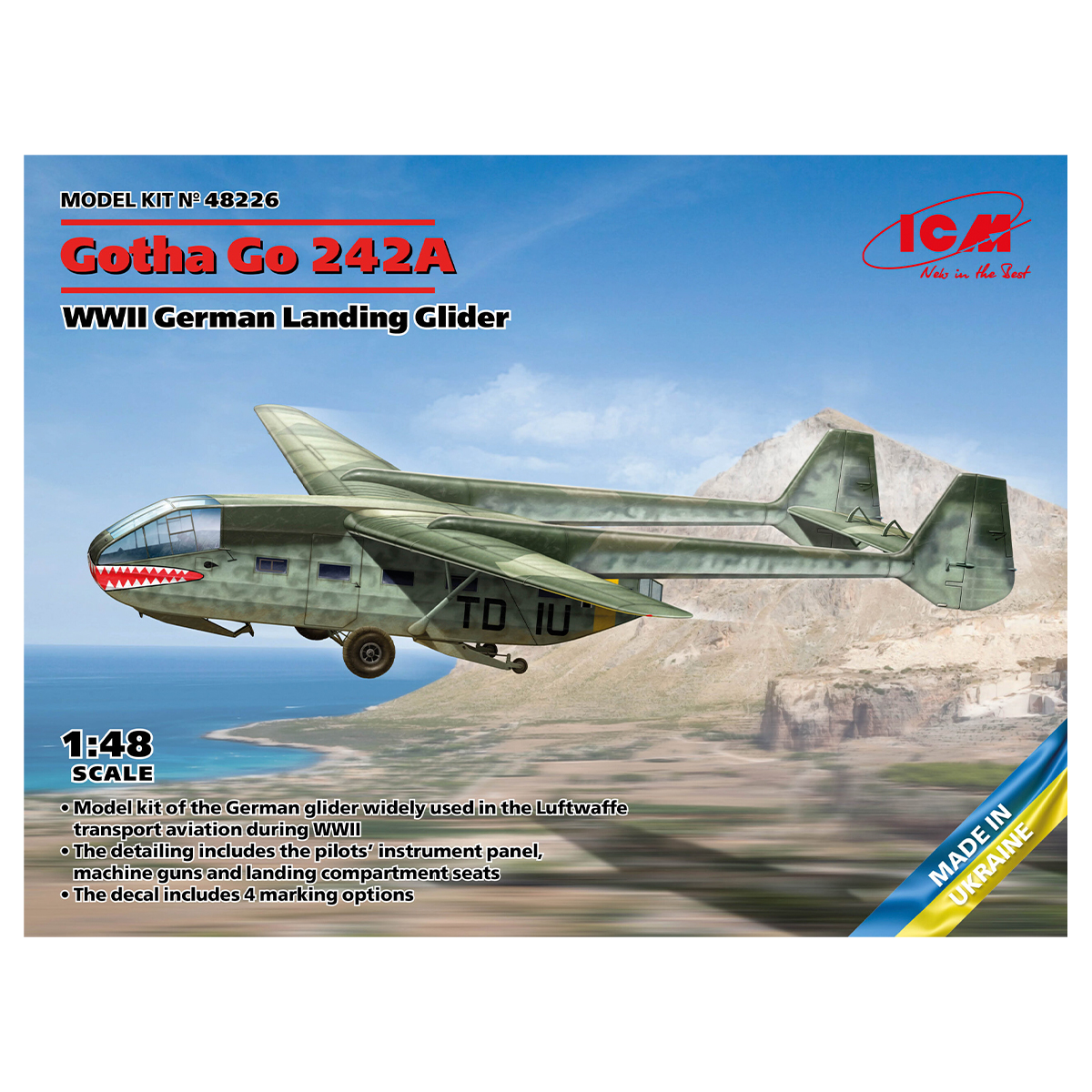
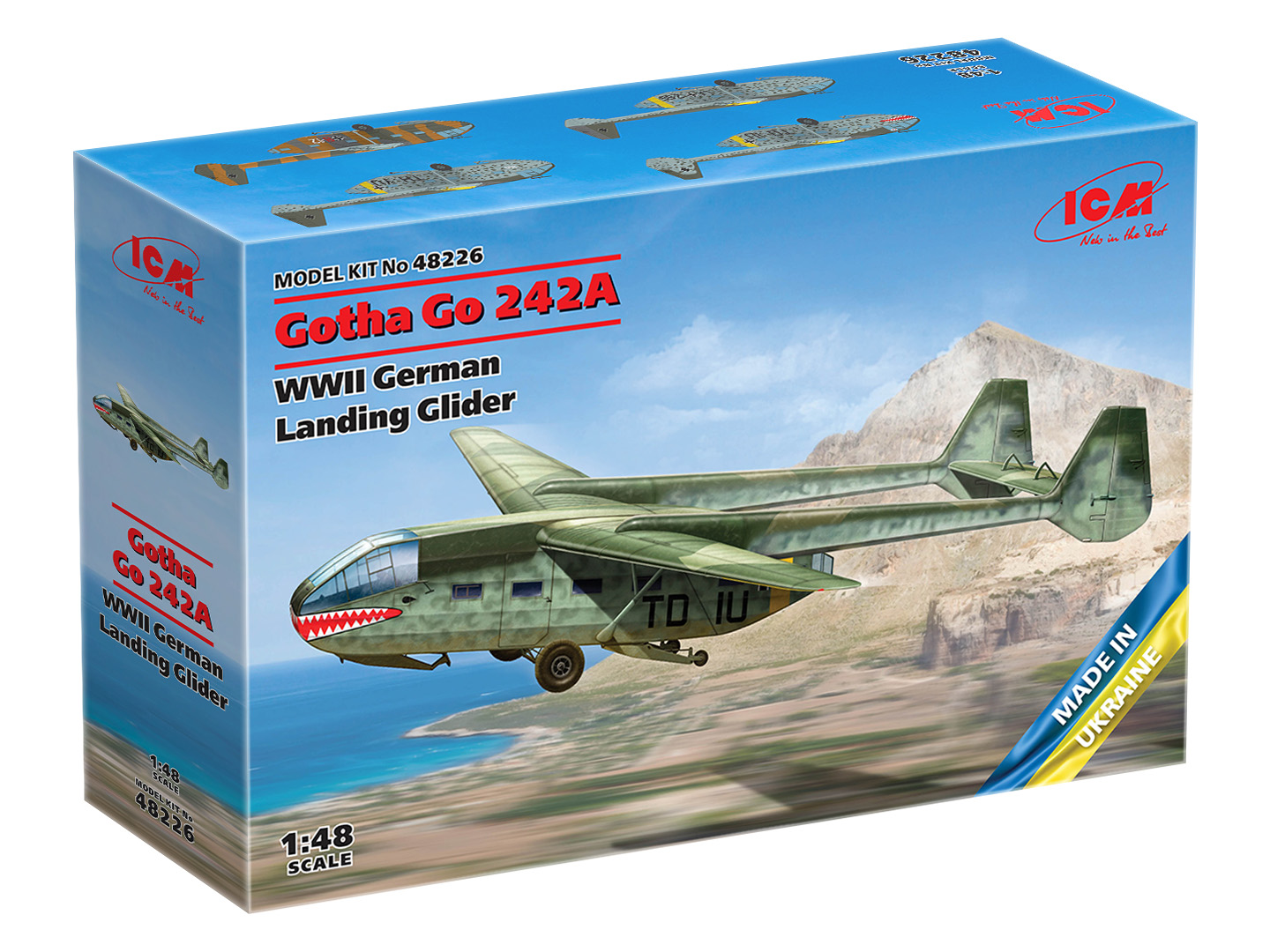
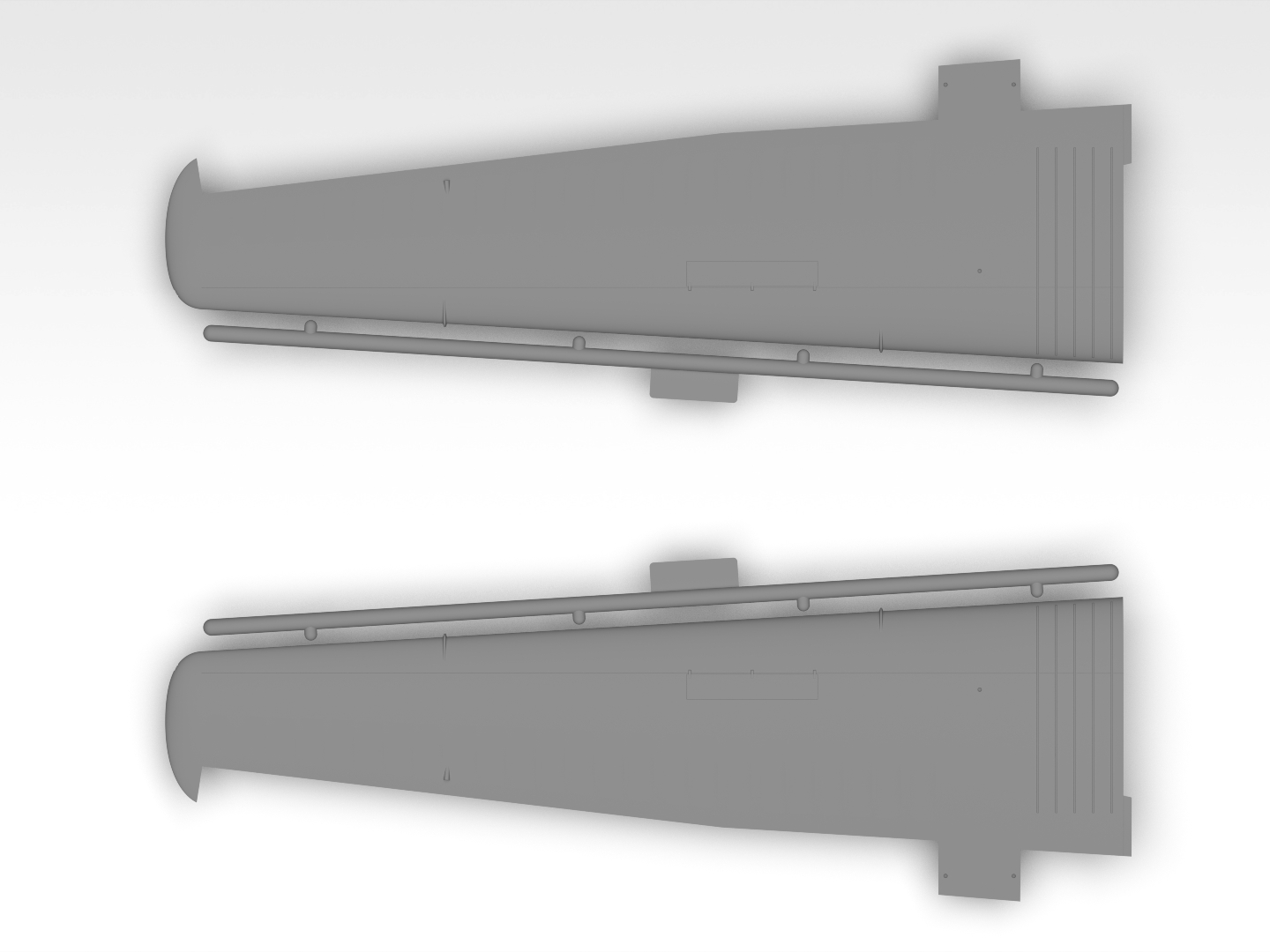
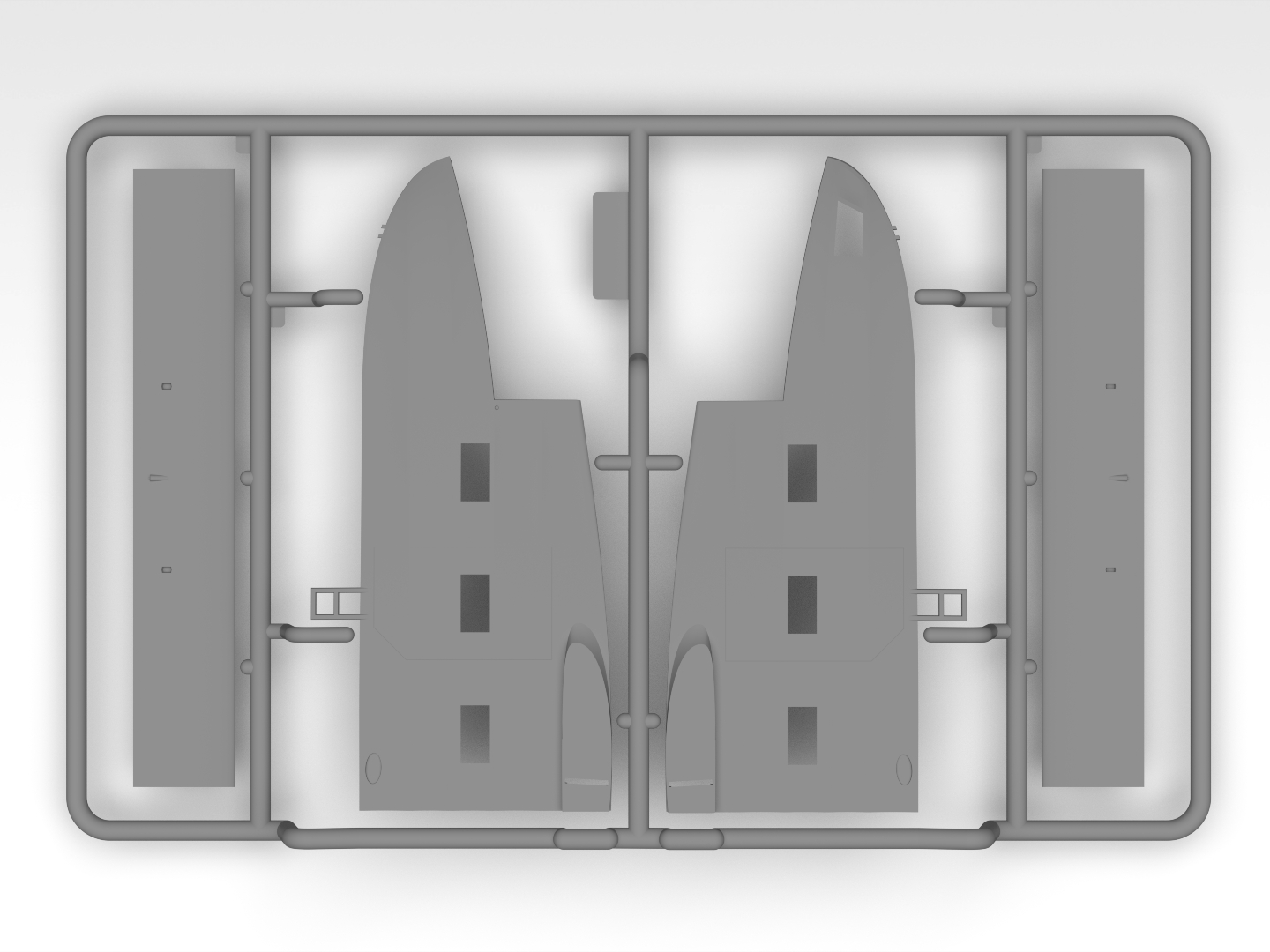
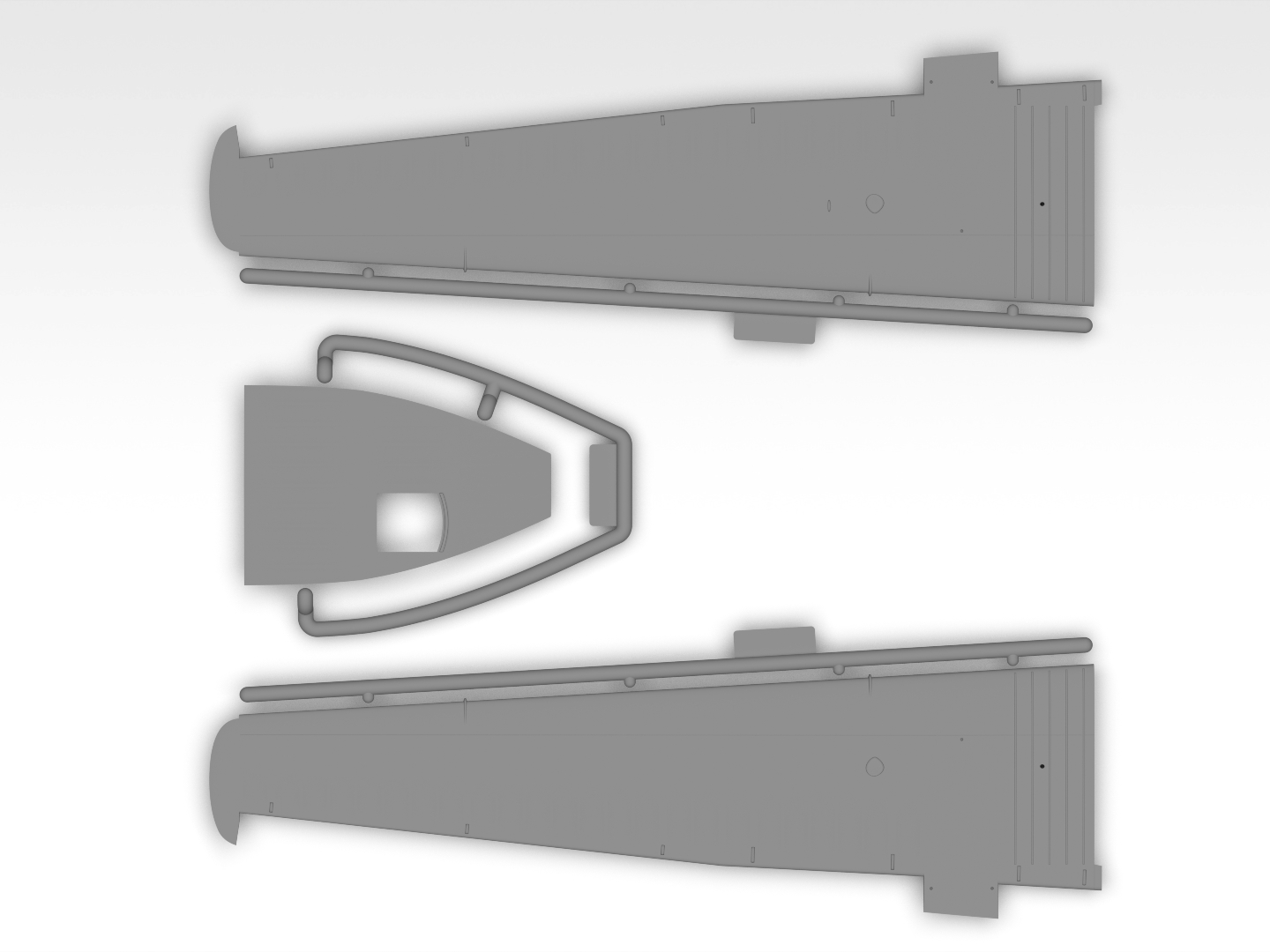

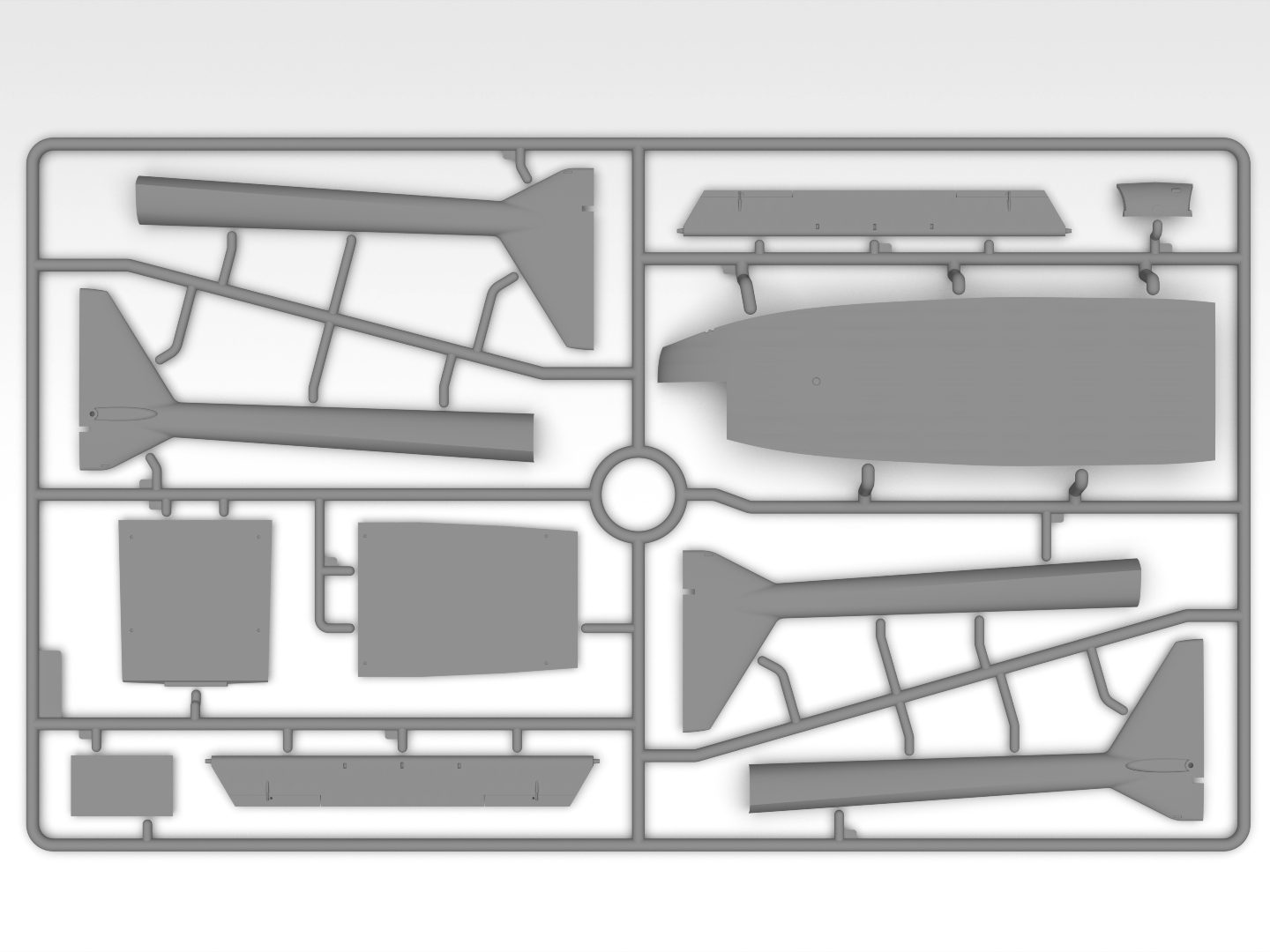
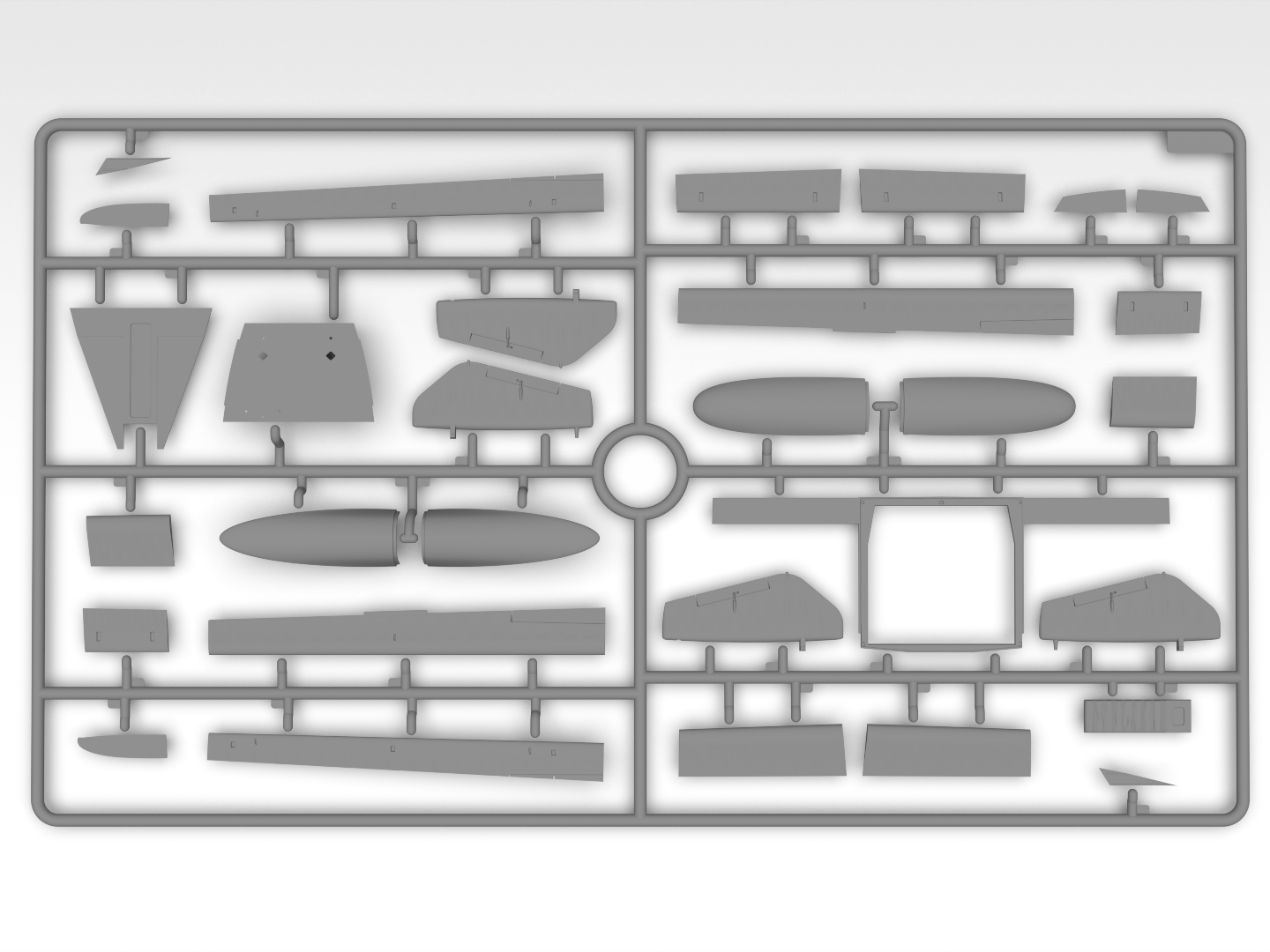

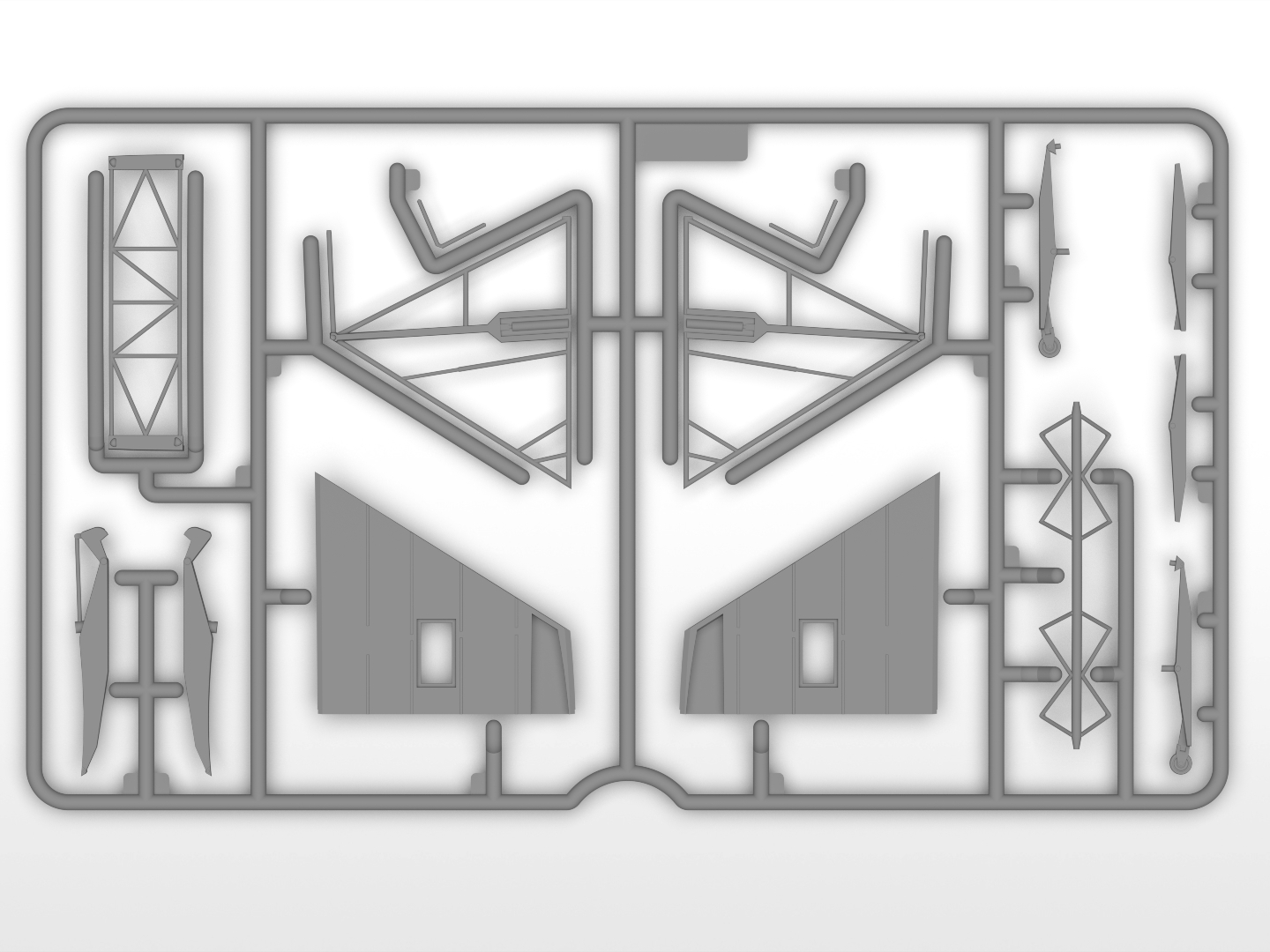
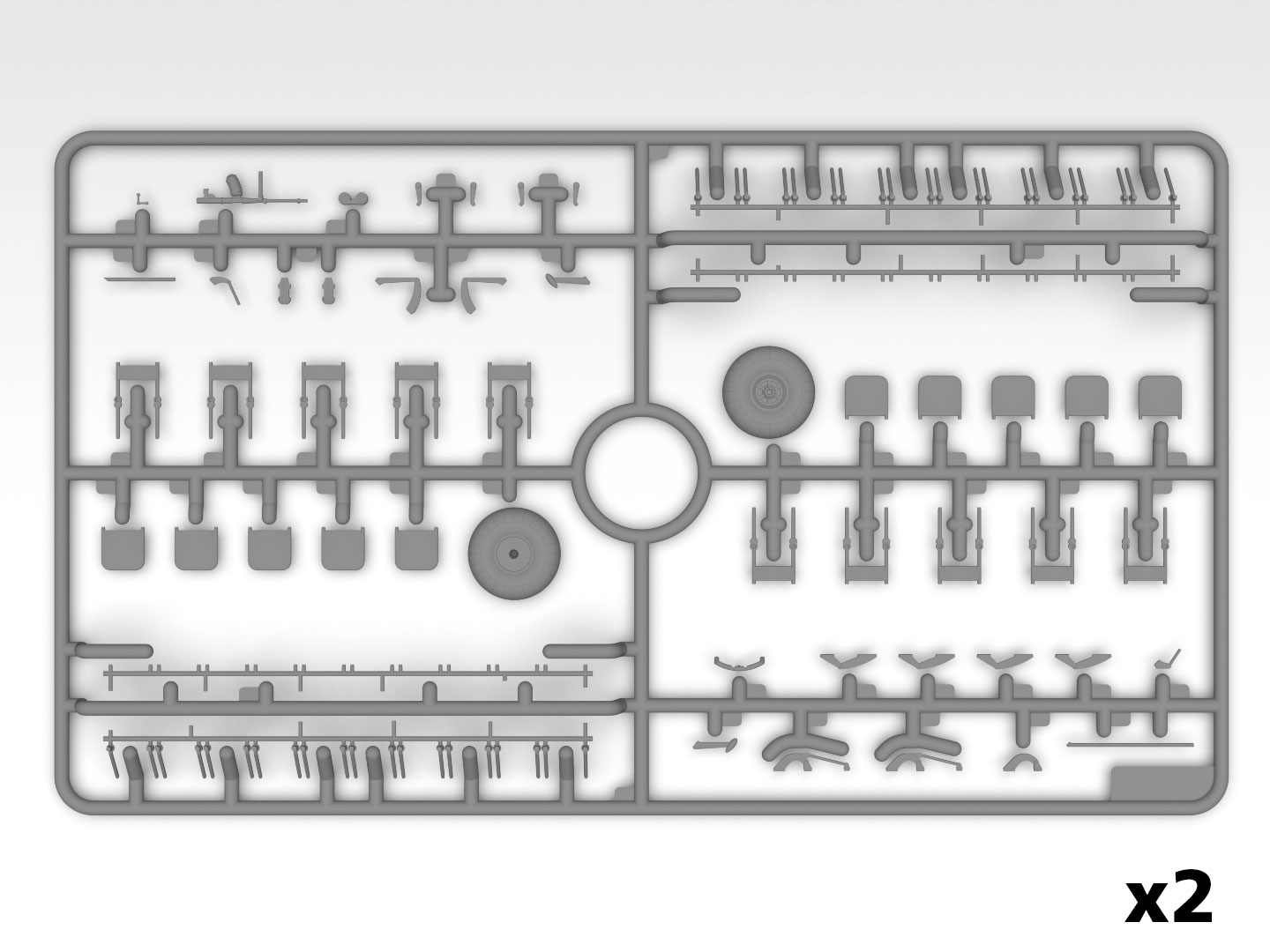


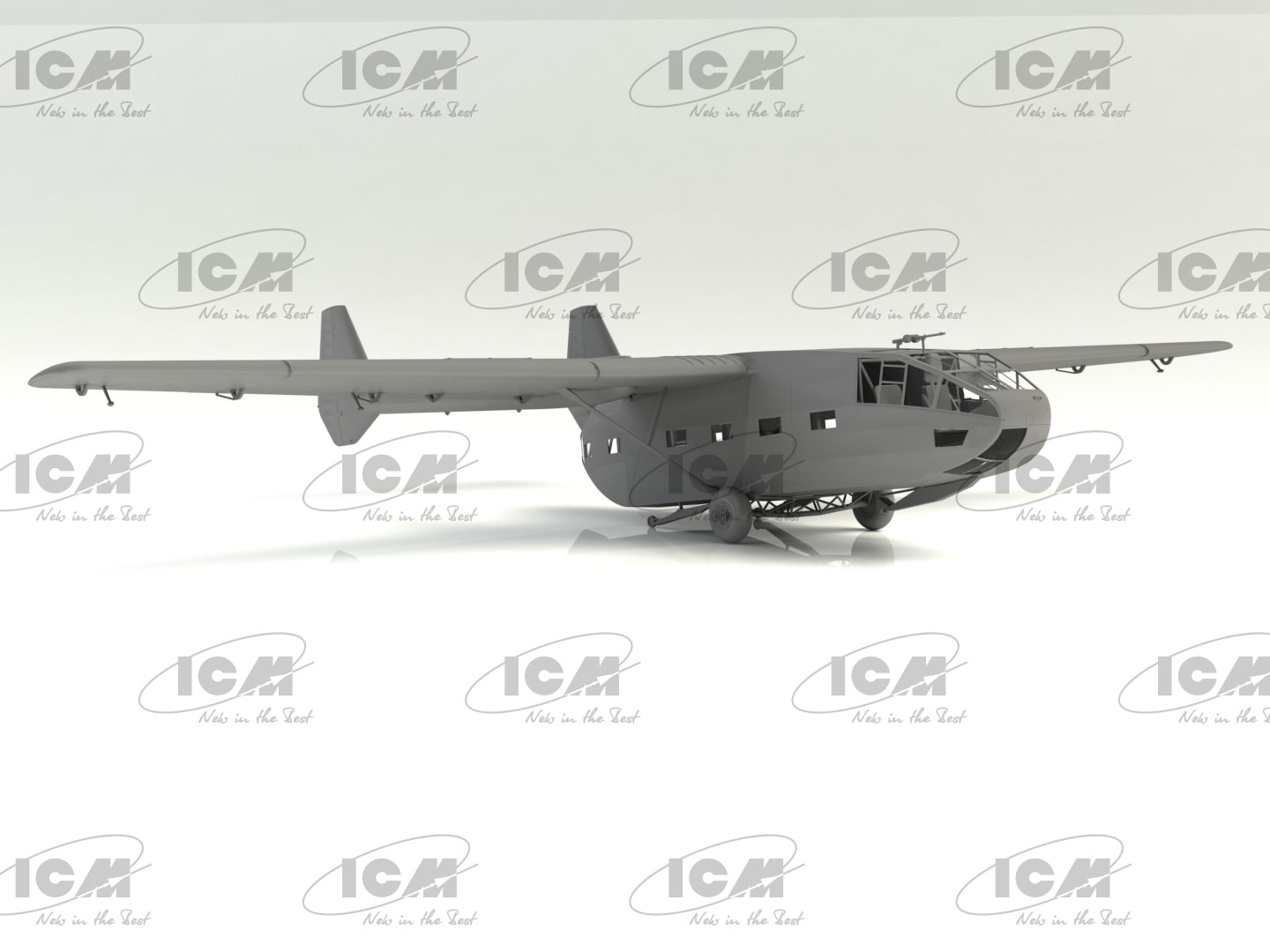
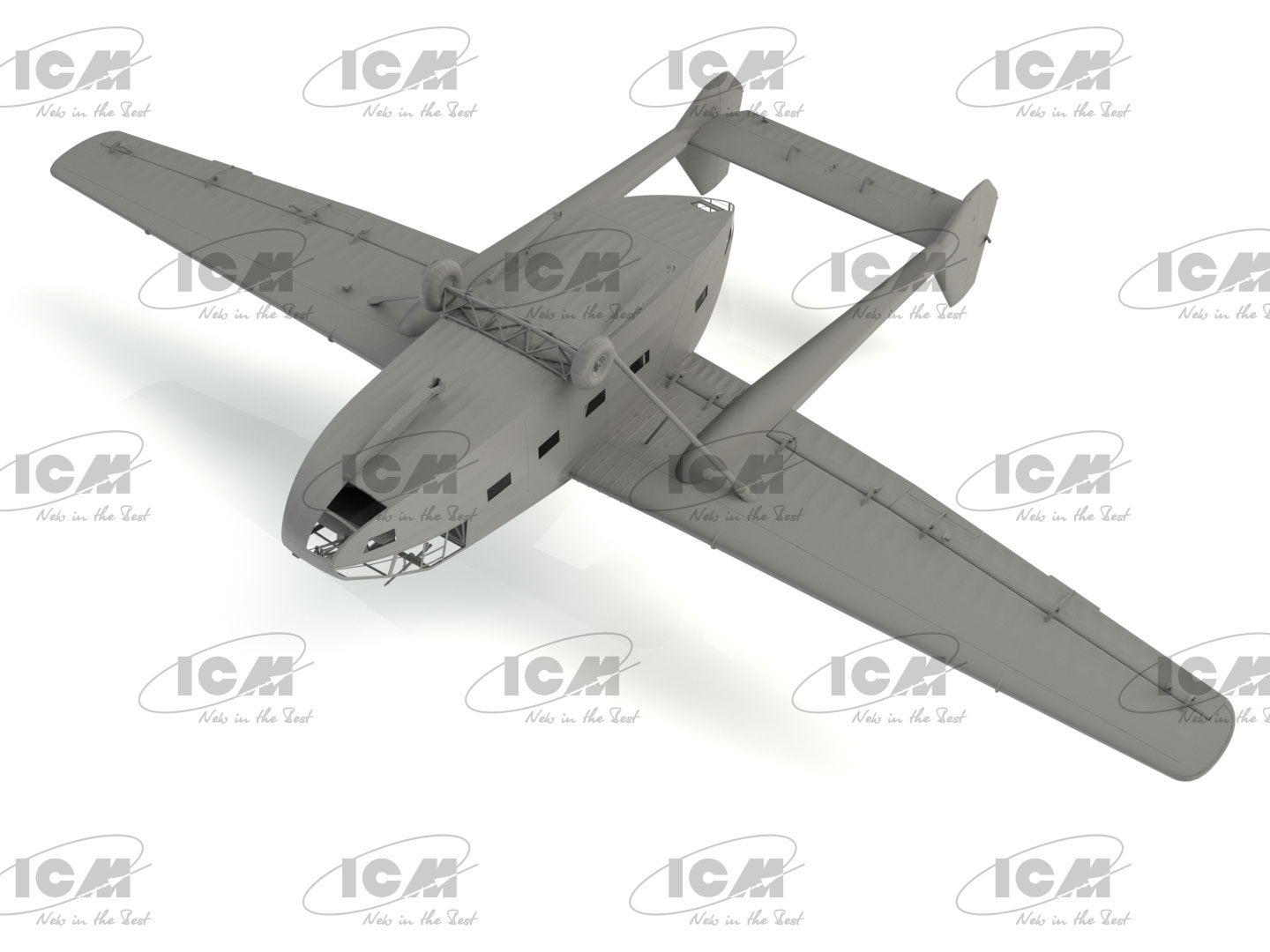
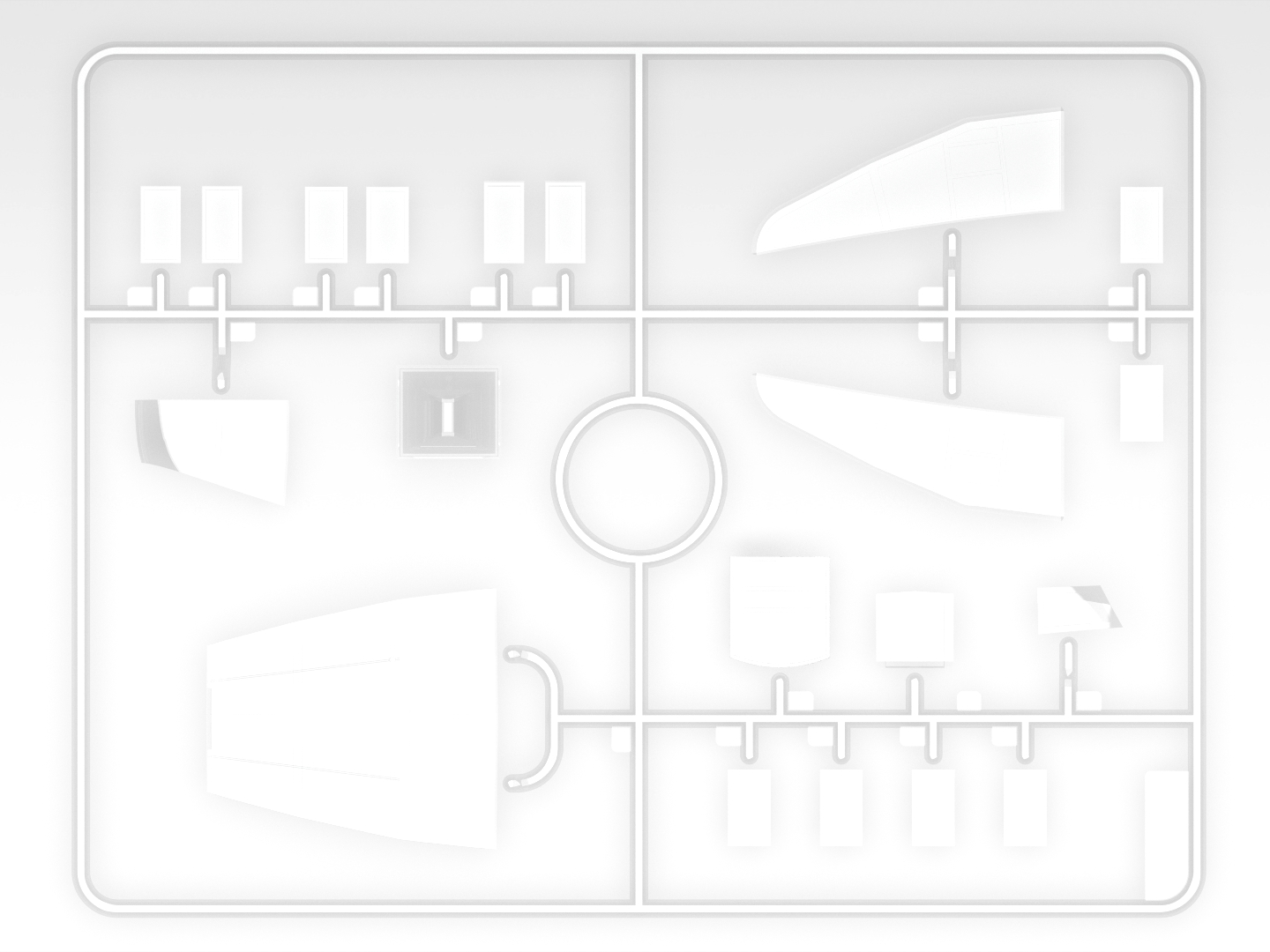
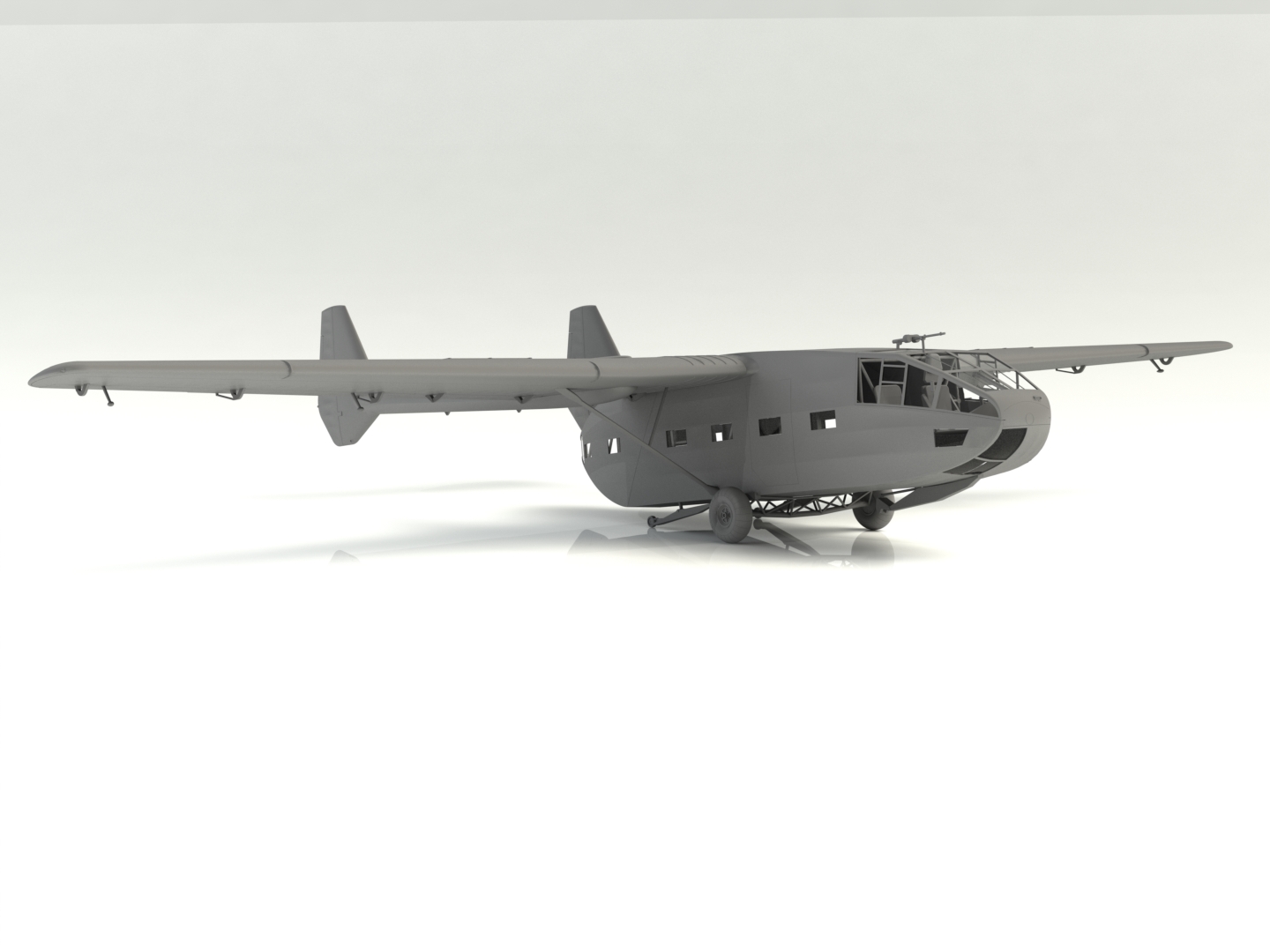
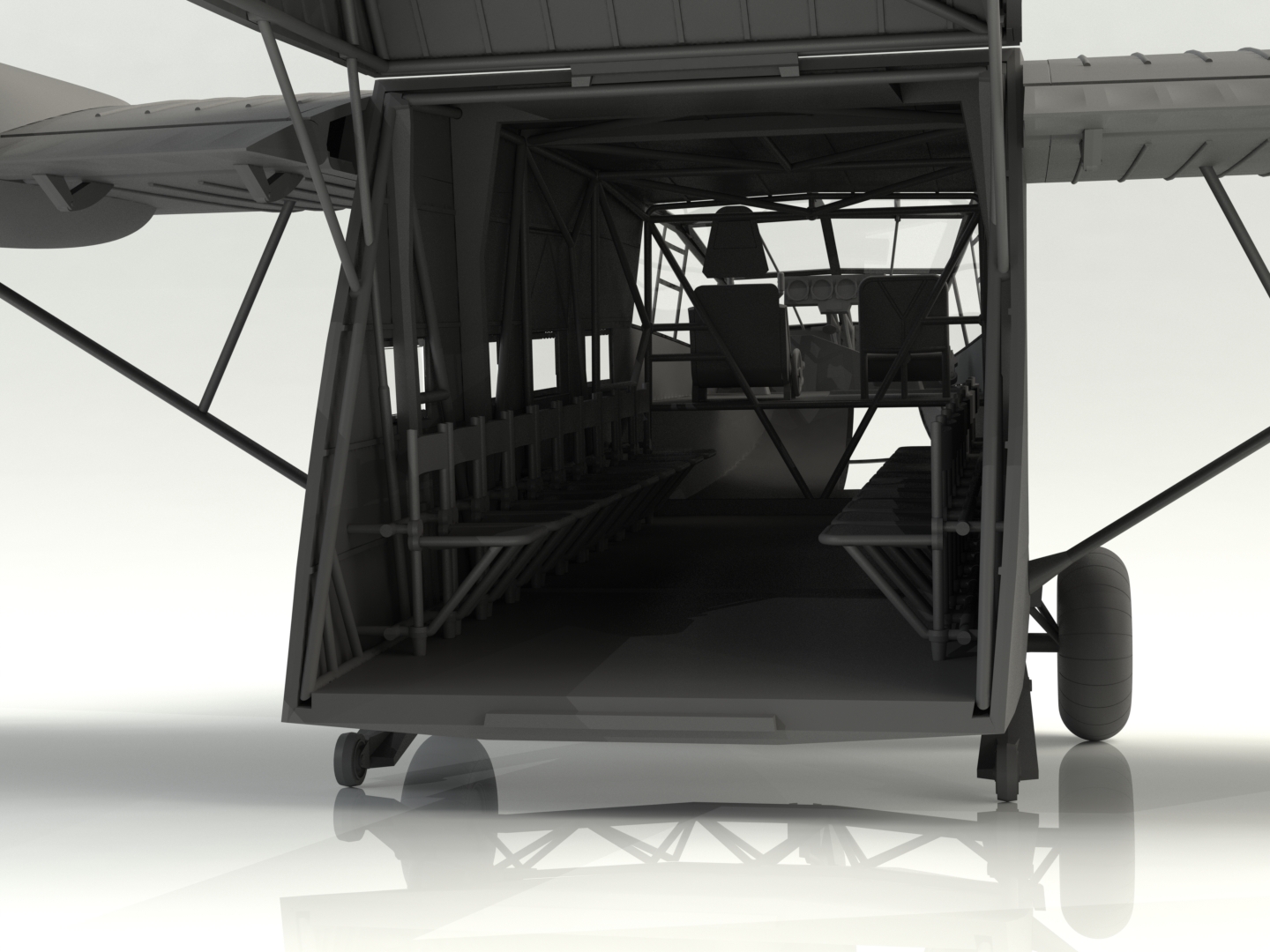
 Solicitud de ficha producto tipo SDS / Seguridad de producto
Solicitud de ficha producto tipo SDS / Seguridad de producto